The Secret Masonic References That You Never Knew About

Littered in the numerous conspiracy theories that are floated online are stories of the secretive - but very real - Freemasons.
These Masons are said by some to be the men who secretly pull the strings on major decisions and control world leaders - many of whom are members - from behind the scenes.
It is also believed that members are rewarded with untold riches and fame, leading people to believe that some of the world’s biggest celebrities are actually part of Masonic Lodges.
These theories are not actually far-fetched - there are numerous examples in art, literature, film, music and architecture which appear to allude to Freemasonry.
Secret symbols and signs, the kind you would read about in a Dan Brown novel, have been discovered, studied and linked back to Freemasonry.
The people behind these designs and works of art were perhaps alluding to or paying tribute to their membership of a Masonic Lodge, that were at one stage in history completely outlawed.
But what are some of the more famous signs that have been noticed - and what could they possibly mean?
Music

Secret: Mozart alluded to Freemasonry in his final opera (YouTube)
Freemasons may or may not actually run the world, but one thing that they are apparently fond of is giving us a wink to acknowledge the organisation through their work. And one of the most people who apparently done this was Mozart.
The composer was a well-known Freemason and his final opera, The Magic Flute, is said to be a complete analogy about the organisation - and even features the number three (the favourite number of Freemasons) quite heavily.
A three-note figure in the music is a specific reference to the Masonic initiation ceremony, which begins with a candidate knocking three times on a door and asking to be admitted into the club.
It is thought that Mozart alluded to his membership rather than outright admitted it because he was a member of the Catholic church and the Pope had banned anyone from joining them. Had Mozart been more honest, he would most likely have been thrown out of Vienna for good.
Film
Perhaps one of the most famous images associated with Freemasons (and the slightly less-real Illuminati) is that of the Eye of Providence.
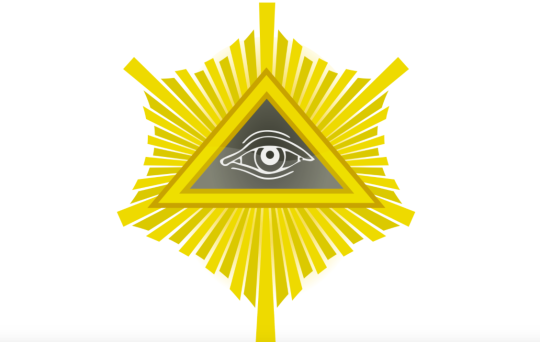
The image of an all-seeing eye of God is said to be a reminder to Masons that all their thoughts and deeds are always observed by God. The image of the eye is often enclosed inside a triangle (more about the most famous version of that in a bit).
Legendary director Stanley Kubrick is someone that conspiracy theorists cite time and time again as evidence of someone placing imagery with allusions to Freemasonry - and, most notably, the Eye of Providence - including in the poster for A Clockwork Orange:
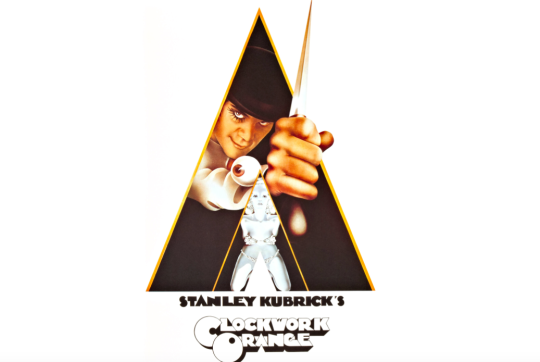
Allusion: The eye in the triangle is a clear nod to the Eye of Providence (Warner Bros)
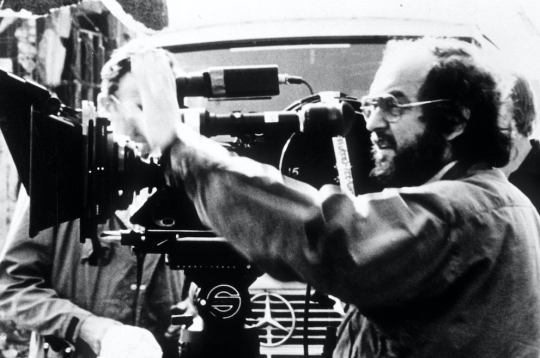
Director: Stanley Kubrick seemed to fill his films with Masonic references (Rex)
Conspiracy theorists allege that Kubrick was alluding to the conspiracy of Masonic control himself, and was killed by the organisation for doing it. The fact that he died of a heart attack when he was 70-year-old probably does rule out any suspicion of foul play, however.
Money
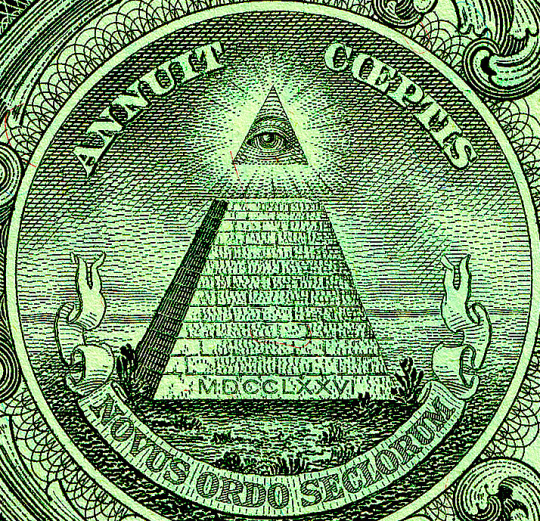
All-seeing: The Eye of Providence is featured on the back of a $1 bill (Wikipedia)
Sticking with the Eye of Providence, the symbol is not actually alluded to, but outright on display on the back of a United States $1 bill.
Some believe that the insertion of the symbol is an allusion to America being founded (and consequently controlled) by Freemasons and citizens are being watched every day by higher powers.
However, the Eye is actually part of the Great Seal of the United States - that is used to authenticate various official documents - and actually predates Freemasonry usage of the symbol by about 14 years.
Buildings
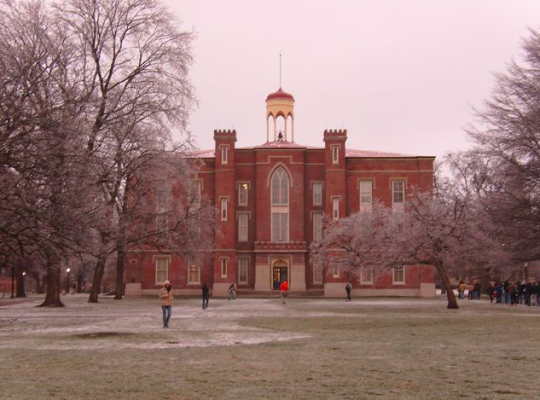
Design: The Knox College was built by a Mason (Wikipedia)
The Knox College of Liberal Arts, based in Illinois and one of America’s top liberal arts colleges, (where President Abraham Lincoln was awarded an honorary doctorate) was apparently built to honour Freemasonry, according to Professor Lance Factor.
He says that Charles Ulricson, the architect behind the grand building, designed it in such a way that its patterns honoured Freemasonry, supposedly harnessing energies of the “Divine Architect” and “Geometer of the Universe”.
Ulricson was trained by Freemasons, and incorporated Masonic ideas into both the design and the details - without telling his clients what he was doing.
Masonic-inspired dimensions include Old Main’s footprint - 70 feet by 112 feet - also known as the Golden Rectangle.
Professor Factor said: “If Ulricson had wanted to protect himself from accusations of a Masonic influence, he could have changed the proportions by six inches, or a foot, and it would not look any different, but it would not have had the Masonic ratios.”
Again, Ulricson probably incorporated these designs secretly as Masons were not popular during the mid-1800s - and Knox College in particular was established by Christian missionaries who were opposed to all secret societies, that they viewed as a cult or a false religion.
Landmarks
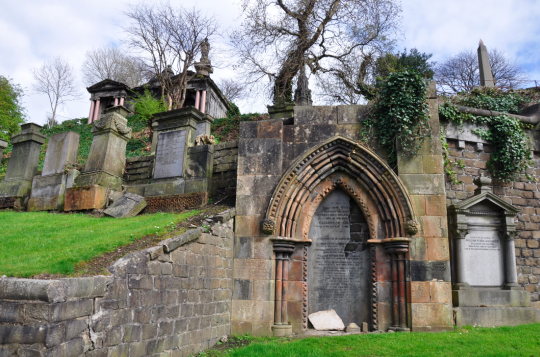
Vast: The huge Glasgow Necropolis apparently contains numerous Masonic symbols and is apparently laid out to honour Freemasonry (Wikipedia)
The Glasgow Necropolis in Scotland, that was established in 1832, is a huge cemetery that is the burial ground for over 50,000 people.
Described literally as a “city of the dead”, the Necropolis is a Scottish landmark - and very possibly the largest Masonic site in Europe.
The 37-acre area was designed by Freemasons and it became the burial ground for several members of the organisation.
Several crypts and gravestones feature Masonic symbols like the Royal Arch, the emblem of the fourth degree of Freemasonry. Many others monuments feature Egyptian architecture, which inspired much of the iconography of the Masons.
Historian Ronnie Scott said the design of the Necropolis was also a clear allusion to the ‘Masonic Journey’ on the path to enlightenment.
He said: “Just as a Freemason’s career progresses from the west to the east, and from darkness to light, so is the Necropolis laid out.”
The journey through the graveyard follows a similar path.
Top pic: Rex

 Yahoo News
Yahoo News 
